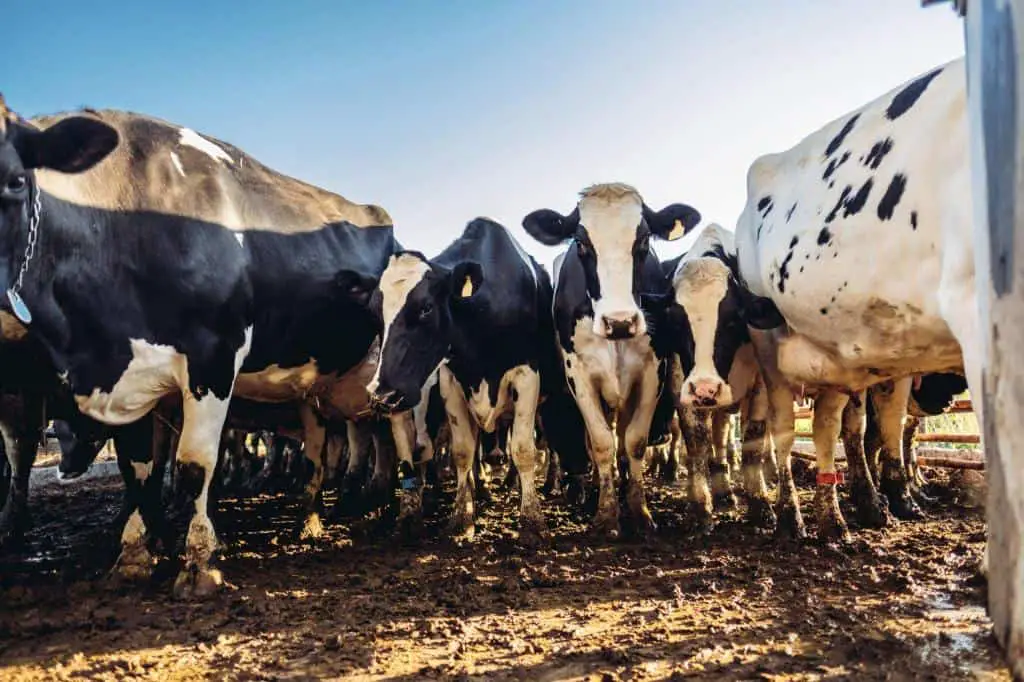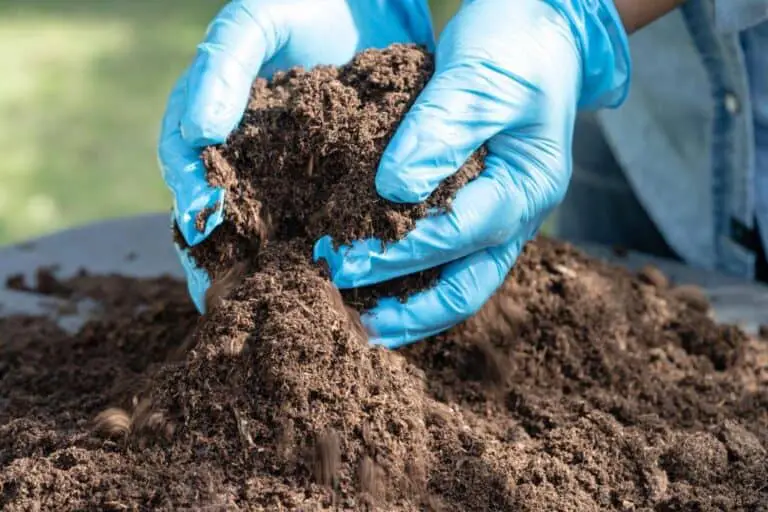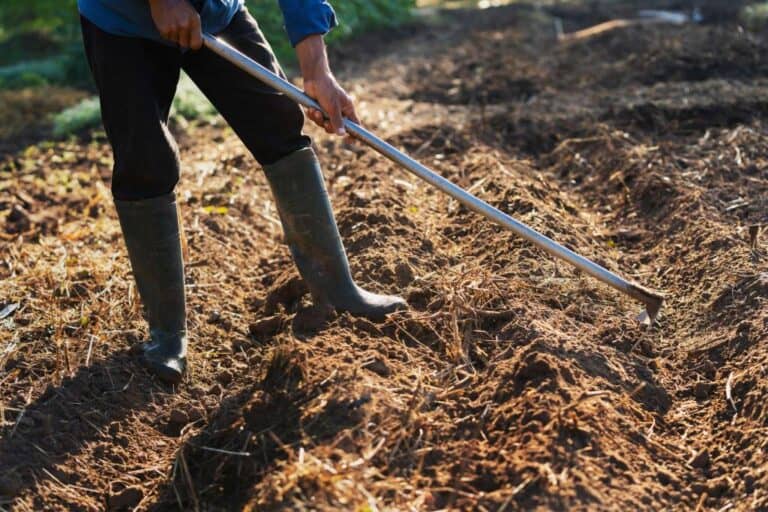How to Prepare Organic Manure From Agricultural Waste (Organic fertilizer)

In the realm of sustainable agriculture, the significance of organic manure cannot be overstated. Unlike synthetic fertilizers, organic manure offers a holistic approach to nourishing crops while also enriching the soil. Not only does it improve soil fertility, but it also reduces the environmental impact of farming by recycling waste materials.
In this comprehensive guide, we will delve into the art of preparing organic manure from agricultural waste, unlocking its potential to bolster crop yields and promote eco-friendly farming practices. We’ll walk you through the process of preparing organic manure from agricultural waste step by step.
Why Choose Organic Manure?
Organic manure, often referred to simply as “compost,” is a nutrient-rich, soil-enhancing substance derived from the decomposition of organic materials. These materials can range from kitchen scraps and yard waste to crop residues and livestock manure. The end result is a natural fertilizer that fortifies the soil with essential nutrients, fostering healthier plant growth.
The utilization of organic manure is a cornerstone of sustainable agriculture. Its significance lies in its ability to promote soil health, increase water retention, reduce soil erosion, and enhance the overall structure of the soil. Furthermore, organic manure minimizes the environmental harm associated with synthetic fertilizers, such as groundwater pollution and soil degradation.
Organic manure offers a plethora of advantages over synthetic fertilizers. These benefits include:
- Environmentally Friendly: Organic manure is eco-friendly and does not release harmful chemicals into the environment.
- Improved Soil Structure: It enhances soil structure, making it more conducive to root growth.
- Slow-Release Nutrients: Nutrients are released gradually, providing long-term nourishment to plants.
- Microbial Activity: It promotes beneficial microbial activity in the soil, aiding nutrient absorption by plants.
Types of Agricultural Waste
Agricultural waste encompasses a diverse array of materials produced on farms and in agricultural processes. These materials can be broadly categorized into:
- Crop Residues: Stems, leaves, and other parts of plants left in the field after harvesting.
- Livestock Manure: Animal excrement, a potent source of organic matter.
- Kitchen Scraps: Food leftovers and peels, rich in organic content.
- Yard Waste: Grass clippings, leaves, and tree prunings.
- Crop Byproducts: Non-edible parts of crops, like husks and shells.
Selecting the right materials for your organic manure is essential for a successful composting process. Each type of agricultural waste has its unique qualities, and combining them strategically can yield a balanced and nutrient-rich compost.
When choosing waste materials for your compost pile, consider:
- Carbon-to-Nitrogen Ratio (C:N): A balanced C:N ratio of 25–30:1 is ideal for efficient decomposition.
- Size and Texture: Chopping or shredding large materials aids in decomposition.
- Moisture Content: Materials should be damp, like a wrung-out sponge.
- Avoidance of Contaminants: Do not include diseased plants or materials treated with pesticides.
Now, let’s roll up our sleeves and get into the process of making organic manure.
How to Prepare Organic Manure From Agricultural Waste (Step-by-step)

Ingredients You’ll Need
Before you start, gather these essential ingredients:
| Ingredient | Purpose |
| Agricultural Waste | Provides the base material for composting. |
| Nitrogen Source | Activates the composting process. |
| Carbon Source | Balances the carbon-to-nitrogen ratio. |
| Water | Maintains moisture in the compost pile. |
| Oxygen | Aids in decomposition. |
| Composting Bins | Containers for the composting process |
| Shovel or Pitchfork | Helps turn the compost pile. |
Step 1: Choose the Right Agricultural Waste
The first step in making organic manure is selecting the right agricultural waste materials. These can include crop residues, leaves, straw, and kitchen waste. Ideally, you want a mix of materials high in carbon (brown materials) and materials high in nitrogen (green materials).
Green Materials (High in Nitrogen):
- Freshly cut grass
- Vegetable scraps
- Fruit peels
- Coffee grounds
- Manure (from herbivores like cows or horses)
Read: How to Compost Horse Manure Quickly
Brown Materials (High in Carbon):
- Dry leaves
- Straw
- Sawdust
- Wood chips
- Newspaper
Step 2: Create the Composting Pile
Now that you have your materials, it’s time to start building the composting pile. Here’s how:
- Layering: Begin with a layer of brown materials as the base, about 6 inches deep.
- Add Green Materials: Add a layer of green materials, aiming for a 3-inch thickness.
- Nitrogen Source: Sprinkle a nitrogen source like manure or a high-nitrogen fertilizer over the green layer.
- Repeat: Continue layering brown and green materials, sprinkling nitrogen sources between them.
Step 3: Maintain the Right Conditions
Composting is a biological process that requires the right conditions for success. Here’s how to maintain them:
- Moisture: Keep the compost pile consistently moist, similar to a wrung-out sponge.
- Aeration: Turn the compost pile every few weeks with a shovel or pitchfork to introduce oxygen and aid decomposition.
- Temperature: The ideal temperature for composting is between 135°F and 160°F (57°C to 71°C). You can monitor this with a compost thermometer.
Step 4: Wait for Decomposition
Composting is not an overnight process. It typically takes anywhere from 2 to 12 months for the organic materials to decompose fully. During this time, the compost pile will shrink in size and change in appearance, turning dark and crumbly.
Composting Process
Composting is a natural process that transforms organic materials into nutrient-rich manure. Here are the key steps involved:
| Composting Steps | Description |
| 1. Layering | Alternate green (nitrogen-rich) and brown (carbon-rich) materials |
| 2. Turning | Periodically mix the compost pile to aerate it. |
| 3. Maintaining Moisture | Ensure the pile is consistently damp, like a wrung-out sponge. |
| 4. Monitoring Temperature | The compost pile generates heat as microorganisms break down materials. |
| 5. Maturation | Allow the compost to mature for several months to a year. |
Step 5: Harvesting Your Organic Manure
When your compost is dark and earthy, it’s time to harvest your organic manure. Here’s what to do:
- Stop Adding Material: Cease adding new waste materials to the pile for a few weeks before harvesting.
- Sieve or Screen: Use a sieve or screen to separate any larger, uncomposted materials from the finished compost.
- Use Your Manure: Your organic manure is now ready for use in your garden or on your farm. Spread it evenly over your soil to reap the benefits of improved fertility.
Tips for Successfully Preparing Organic Manure
- Avoid adding diseased plants or weeds with seeds to your compost pile, as this can lead to future problems.
- Keep the compost pile covered to prevent excess moisture or leaching of nutrients.
- Experiment with different composting methods, such as vermicomposting (using worms) or trench composting, to find the one that works best for you.
In conclusion, preparing organic manure from agricultural waste is a sustainable and cost-effective way to boost soil fertility and reduce the environmental impact of farming. By following these steps and maintaining the right conditions, you can create nutrient-rich compost that will benefit your garden or farm for years to come. So, roll up your sleeves, gather your materials, and start composting today!
FAQs on Eco-Friendly Composting Techniques
What are the key ingredients for making organic manure?
The key ingredients for making organic manure include agricultural waste (such as crop residues and leaves), a nitrogen source (like manure or green plant material), a carbon source (like dry leaves or straw), water, and oxygen.
How long does it take to prepare organic manure?
The time it takes to prepare organic manure varies but typically ranges from 2 to 12 months. Factors such as the composting method, materials used, and environmental conditions can influence the composting duration.
Can I use kitchen scraps for organic manure?
Yes, kitchen scraps like vegetable peels and coffee grounds are excellent additions to organic manure. They provide valuable nutrients and help reduce kitchen waste.
What are the advantages of organic manure over chemical fertilizers?
Organic manure enriches soil health, reduces environmental impact, promotes sustainable farming, and enhances long-term soil fertility without the risks of chemical runoff.
Are there any risks or drawbacks to using organic manure?
Risks may include weed seeds or pathogens surviving composting. Drawbacks can include longer preparation times compared to chemical fertilizers.
Is organic manure suitable for all types of crops?
Yes, organic manure is suitable for a wide range of crops, including vegetables, fruits, grains, and ornamental plants.
How do I prevent odors and pests in the composting process?
Properly manage the compost pile by turning it regularly, maintaining the right moisture levels, and avoiding meat or dairy products, which can attract pests.
What are some organic alternatives to synthetic pesticides when using organic manure?
Organic pest control methods include companion planting, neem oil, diatomaceous earth, and beneficial insects like ladybugs.






